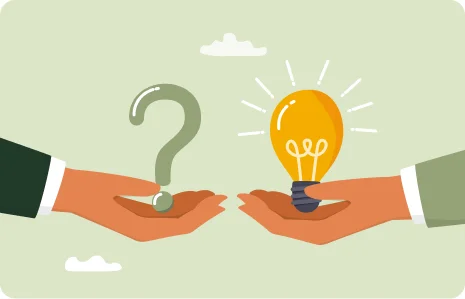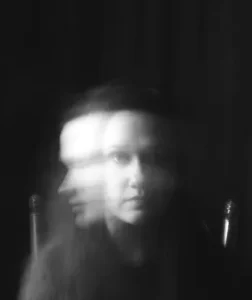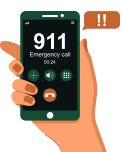Mania, a hallmark of bipolar disorder, is a heightened state of mood characterized by euphoria, increased energy, and heightened activity levels. This intense phase stands in stark contrast to the depressive episodes that individuals with bipolar disorder also experience. Understanding the intricacies of mania is essential for comprehending the full spectrum of bipolar disorder and offering support to those navigating the complexities of this elevated state.
A Rollercoaster of Energy
Mania propels individuals into a state of elevated mood, often accompanied by a surge in energy and creativity. During this phase, individuals may feel invincible, experiencing a reduced need for sleep, racing thoughts, and an increased inclination toward risk-taking behaviors. While the initial stages of mania can be euphoric, the intensity can escalate, leading to impaired judgment and impulsive actions.
Hypomania vs. Mania
Bipolar disorder encompasses two distinct forms of mania: hypomania and full blown mania. Hypomania represents a milder form, where the elevated mood and increased energy levels are less severe, allowing individuals to maintain a semblance of normalcy. In contrast, full-blown mania is more extreme, often requiring medical intervention to ensure the safety and well-being of the individual.
The Impact on Behavior
During a manic episode, individuals may become highly productive, engaging in creative pursuits, taking on multiple projects simultaneously, and exuding charisma. However, as mania intensifies, the line between heightened productivity and impulsivity blurs. Excessive spending, risky sexual behavior, and grandiose plans that may be unrealistic or harmful are common manifestations of the impulsivity associated with severe mania.
Mania's Toll on Relationships
While the initial stages of mania may draw people in with the individual's infectious energy, the unpredictability and intensity can strain relationships. Rapid speech, irritability, and a decreased need for sleep can make communication challenging. Loved ones may struggle to understand the abrupt shifts in mood and behavior, leading to increased tension and frustration.
Recognizing the Signs
Recognizing the signs of mania is a crucial step in managing bipolar disorder effectively. Individuals experiencing prolonged periods of elevated mood, decreased need for sleep, racing thoughts, or engaging in impulsive behaviors should seek professional evaluation. Early intervention can help prevent the escalation of mania into a more severe and potentially dangerous state.
Balancing the Highs and Lows
Balancing the highs of mania and the lows of depression in bipolar disorder involves a combination of medication, Integrated Psychotherapy, and lifestyle adjustments. Mood stabilizers, antipsychotic medications, and sometimes antidepressants may be prescribed to manage manic symptoms. Integrated Psychotherapy, particularly cognitive behavioral therapy (CBT), can assist individuals in recognizing and managing the triggers and consequences of manic episodes.
Understanding mania involves acknowledging the multifaceted nature of bipolar disorder. By fostering empathy, awareness, and a commitment to open dialogue, society can contribute to a more supportive environment for those navigating the peaks and valleys of mania. Navigating this energized spectrum with compassion involves dismantling stigma, providing education, and promoting a collective effort toward holistic mental health.








